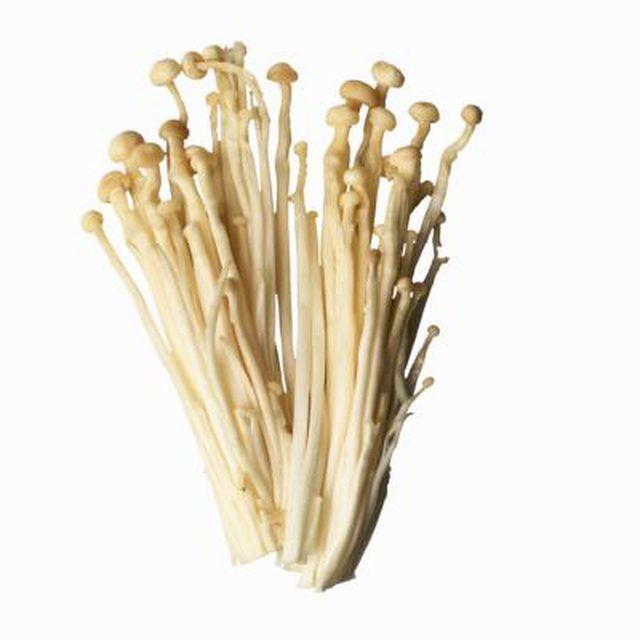Bulbs
Flower Basics
Flower Beds & Specialty Gardens
Flower Garden
Garden Furniture
Garden Gnomes
Garden Seeds
Garden Sheds
Garden Statues
Garden Tools & Supplies
Gardening Basics
Green & Organic
Groundcovers & Vines
Growing Annuals
Growing Basil
Growing Beans
Growing Berries
Growing Blueberries
Growing Cactus
Growing Corn
Growing Cotton
Growing Edibles
Growing Flowers
Growing Garlic
Growing Grapes
Growing Grass
Growing Herbs
Growing Jasmine
Growing Mint
Growing Mushrooms
Orchids
Growing Peanuts
Growing Perennials
Growing Plants
Growing Rosemary
Growing Roses
Growing Strawberries
Growing Sunflowers
Growing Thyme
Growing Tomatoes
Growing Tulips
Growing Vegetables
Herb Basics
Herb Garden
Indoor Growing
Landscaping Basics
Landscaping Patios
Landscaping Plants
Landscaping Shrubs
Landscaping Trees
Landscaping Walks & Pathways
Lawn Basics
Lawn Maintenance
Lawn Mowers
Lawn Ornaments
Lawn Planting
Lawn Tools
Outdoor Growing
Overall Landscape Planning
Pests, Weeds & Problems
Plant Basics
Rock Garden
Rose Garden
Shrubs
Soil
Specialty Gardens
Trees
Vegetable Garden
Yard Maintenance
How to Grow Enokitake
How to Grow Enokitake. Enokitake, also known as enoki mushrooms and Flammulina velutipes, are thin mushrooms that range from red to white and are most commonly used in Japanese cuisine. These mushrooms can be cultivated at home and have a delicate but distinctive taste. Home growers typically grow enoki mushrooms in small bottles on an aged...

Enokitake, also known as enoki mushrooms and Flammulina velutipes, are thin mushrooms that range from red to white and are most commonly used in Japanese cuisine. These mushrooms can be cultivated at home and have a delicate but distinctive taste. Home growers typically grow enoki mushrooms in small bottles on an aged hardwood sawdust medium. Enjoy enoki mushrooms on a salad, in a stir-fry or in a soup.
Things You'll Need
Enoki mushroom spawn
Plastic or glass bottles, about 8 inches tall
Growing medium such as hardwood sawdust
Sterilize your growing bottles with hot water and an antibacterial soap. Rinse well so no trace of soap remains on the bottle.
Mix the enoki spawn well with the aged growing medium. Pack the mixture into the jars and store in a place where the temperature is between 72 and 77 degrees Fahrenheit and the humidity level is between 90 and 100 percent.
Allow the enoki two weeks to spawn, though the process may take up to a month. You will know they have spawned when you see small roots, or mycelium, appearing. Wait until the entire medium is covered with these roots.
Move the bottles to a place where the temperature is between 50 and 55 F. The level of humidity does not matter. Lower the amount of CO2 the mushrooms get by 80 to 90 percent, if possible. This forces the mycelium to form fruiting bodies.
Harvest your mushrooms when mature, about 90 days after you began the process.